

Tulip tree is a magnificent tree, famous for the quality of its leafage, especially in fall.
Tulip Tree facts, a short list
Name – Liriodendron tulipifera
Family – Magnoliaceae (magnolia)
Type – tree
Height – up to 130 feet (35 meters)
Hardiness – temperate to warm
Exposure – full sun to part shade
Soil – deep, rich, well-draining, not chalky
Growth rate: fast – Foliage: deciduous – Flowering: summer
Leaves switch to marvelous hues, such as bright yellow, when the first colds arrive. And the flower… looks just like a tulip!
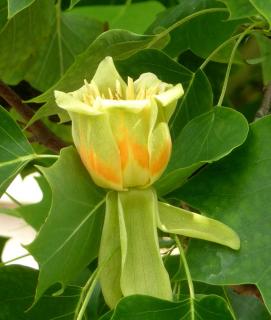
To tell them apart, look at their leaves: those of L. chinense have deeper lobes than those of L. tulipfera.
Tulip trees owe their name to the shape of their flowers.
Even though they belong to the magnolia family, they don’t quite reach the same beauty. Indeed, flowering is more sparse and spread over time, so it doesn’t get that “all covered with blooms” effect.
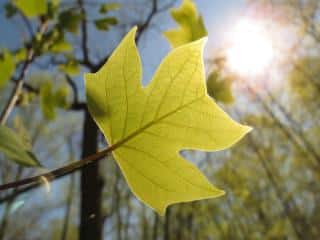 Leaves, though, are wide and thick. In fall, when the cold hits, they turn to bright hues like yellow and orange. Some say the leaves are shaped like a cat’s head. They’re similar in shape to those of the plane tree, and are excellent to keep hot sun out as a shade tree.
Leaves, though, are wide and thick. In fall, when the cold hits, they turn to bright hues like yellow and orange. Some say the leaves are shaped like a cat’s head. They’re similar in shape to those of the plane tree, and are excellent to keep hot sun out as a shade tree.
Easier to find is the “Virginia tulip tree”, with good cause: it is native to North America (specifically, the Appalachian mountain range)! Two varieties stand out:
To grow well, the tulip tree has a few requirements.
It is recommended to plant tulip trees at the beginning of fall to allow for root development before winter.
The proportions and size of the tree when mature make it impossible to grow in a pot.
A few simple steps and your tulip tree will feel right at home:
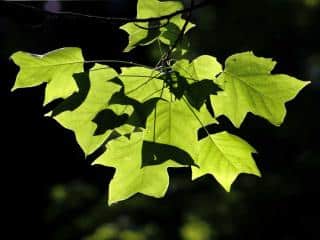 Dig a deep planting hole (1½ to 2 feet or 40-50 cm deep and wide).
Dig a deep planting hole (1½ to 2 feet or 40-50 cm deep and wide).Usually, the tulip tree is sold in pots. But you may have come across a garden center that sells it with a bare root clump. If so, follow these extra steps to get your tree ready:
Smart tip: save on water and weeding with a thick layer of mulch at the base of your tulip tree. Plant-based mulch is best, in particular pine bark mulch: these make the soil a bit more acidic as they break down, which is perfect for Liriodendron.
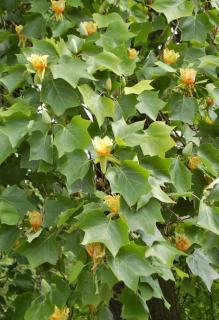
Pruning isn’t required. Depending on the shape of your young tree, you may want to shape it a bit during the first 5 years.
However, pruning isn’t recommended when the tree is grown already.
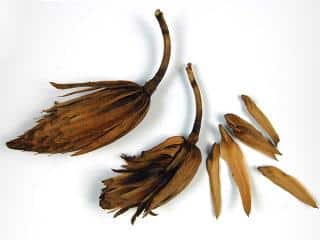
However, for special cultivars like ‘Aureomarginatum’ and ‘Fastigiata’, go for grafting at the end of summer to retain their unique traits.
Indeed, seeds will always be a mix of genes and you can’t guarantee that offspring will look like the mother tree.
This tree, when healthy, will resist almost any pest. However, if ever it’s weakened due to poor growing conditions, it might be vulnerable to the following diseases.
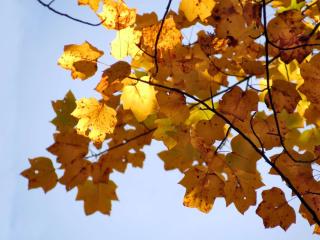 Verticillium wilt – leaves wilt and branches die off. Nourish the tree with a high-nitrogen fertilizer in the hope of “outgrowing” the fungus over the course of a year.
Verticillium wilt – leaves wilt and branches die off. Nourish the tree with a high-nitrogen fertilizer in the hope of “outgrowing” the fungus over the course of a year.As for pests, aphids are highly likely to appear at some point on your tulip tree.
Quite common in parks and large gardens, the tulip tree also does well in long rows, lining a road or property edge for instance.
Two similar and interesting shade trees, nearly identical in size and bearing to the tulip tree are the Catalpa tree (which as orchid- like flowers) and the Handkerchief tree, Davidia involuncrata.
Although native to North America, many fossils of the tree can be found in Europe. This is because the tree actually became extinct over there during continental glacial eras. These occurred 65 million years ago, same time as the dinosaurs died off around the globe!